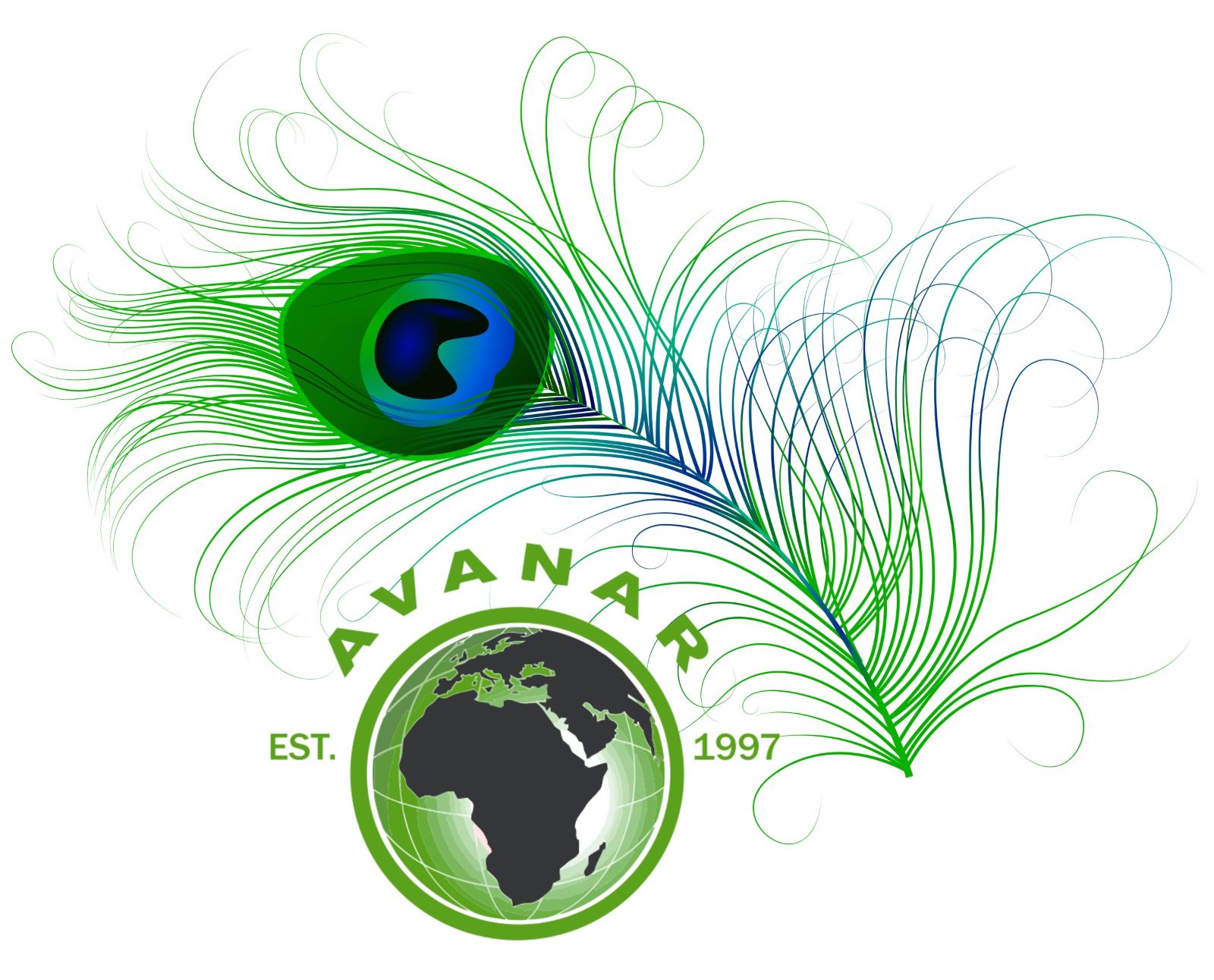THE GAYATRI MANTRA
When I studied mantras it was suggested to select a personal mantra and use it as the basis of starting a mantra practice. There are many and each can be applied to areas of working on your life and karma. I chose the Gayatri Mantra and for the last few years have been chanting it daily as my universal prayer.
As I repeated it many thousand times, it gained a voice of its own. It found a melody, which I maybe heard elsewhere or was applied from my subconscious. The rhythm settled as I repeated it over and over. Sometimes while walking, or driving. In this way it has become part of me and I expect, will continue to evolve.
Om Bhur Bhuva Swaha
Om Tat Savitur Varenyam
Bhargo Devasya Dheemahi
Dhiyo Yonaha Prachodayat
————————————————–
RHYTHM
When we speak of rhythm in Indian Classical music a broader explanation of two concepts are required. Laya and tala.
Laya refers to the rhythm or repetitive tempo that is all around us. Your heartbeat. The ticking of a clock or the seasons of the year. It is the application of time to sound. Most often, yet not necessarily always perfect tempo.
Tala on the other hand is a cyclical way of observing a rhythm. Like a clock ticking over a length of time. We can create repetitive groups, or meters. Groups of 3, 4 or more. A group of 3 ticks would be described a meter (or tala) of 3 ticks longs. So tala serves as the structured rhythmic meter to measure musical time-intervals or the cyclical or metric way of observing a laya.
The later part of this recording of The Gayatri Mantra is in Teental. It is the most common tala of Indian classical music and has 16 beats. The first beat is called sam and in this instance is highlighted with the sound of a bell. Each mantra repetition is 32 beats.
#gayatri #mantra #gayatrimantra #bansuri
